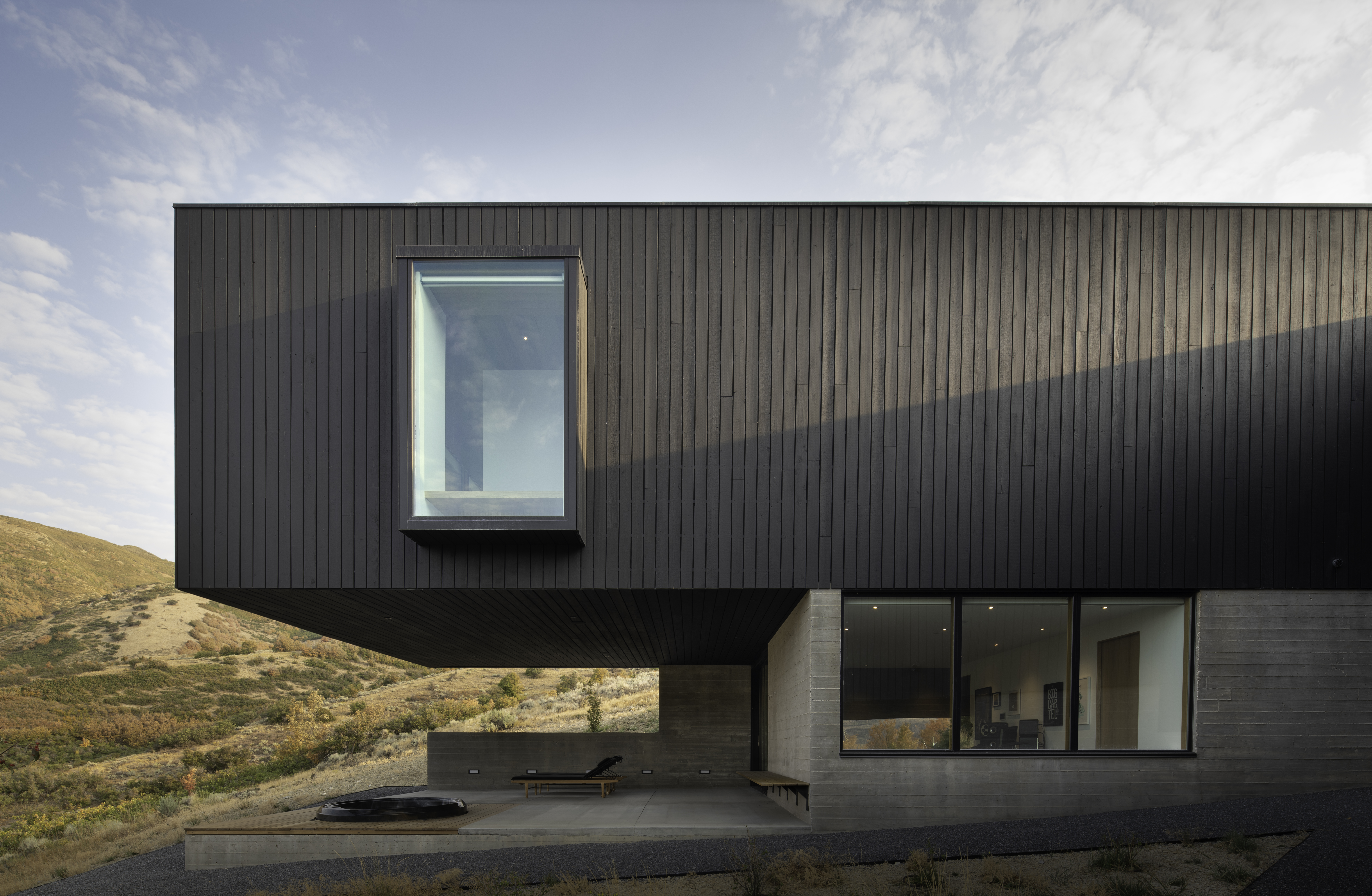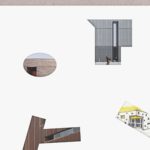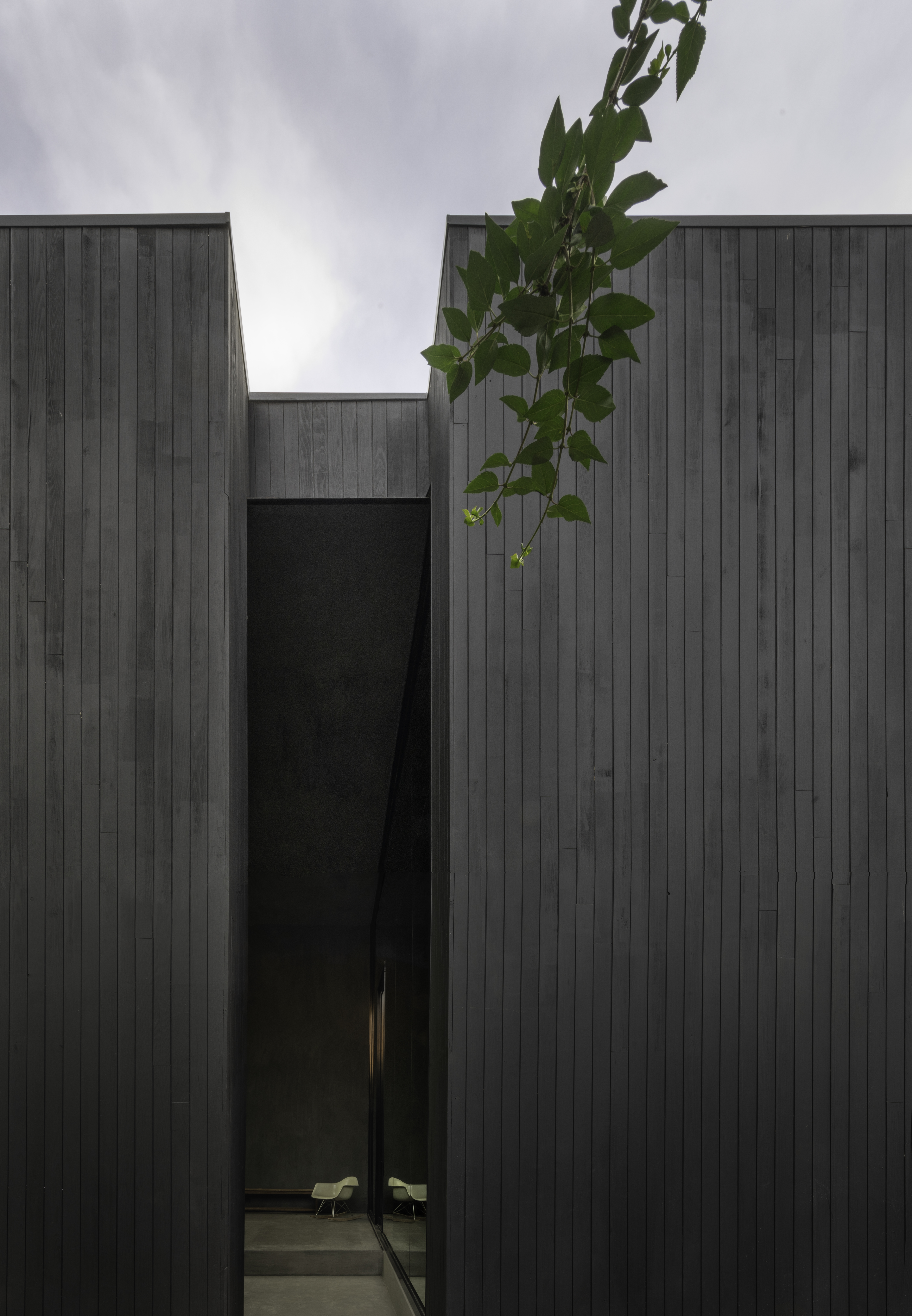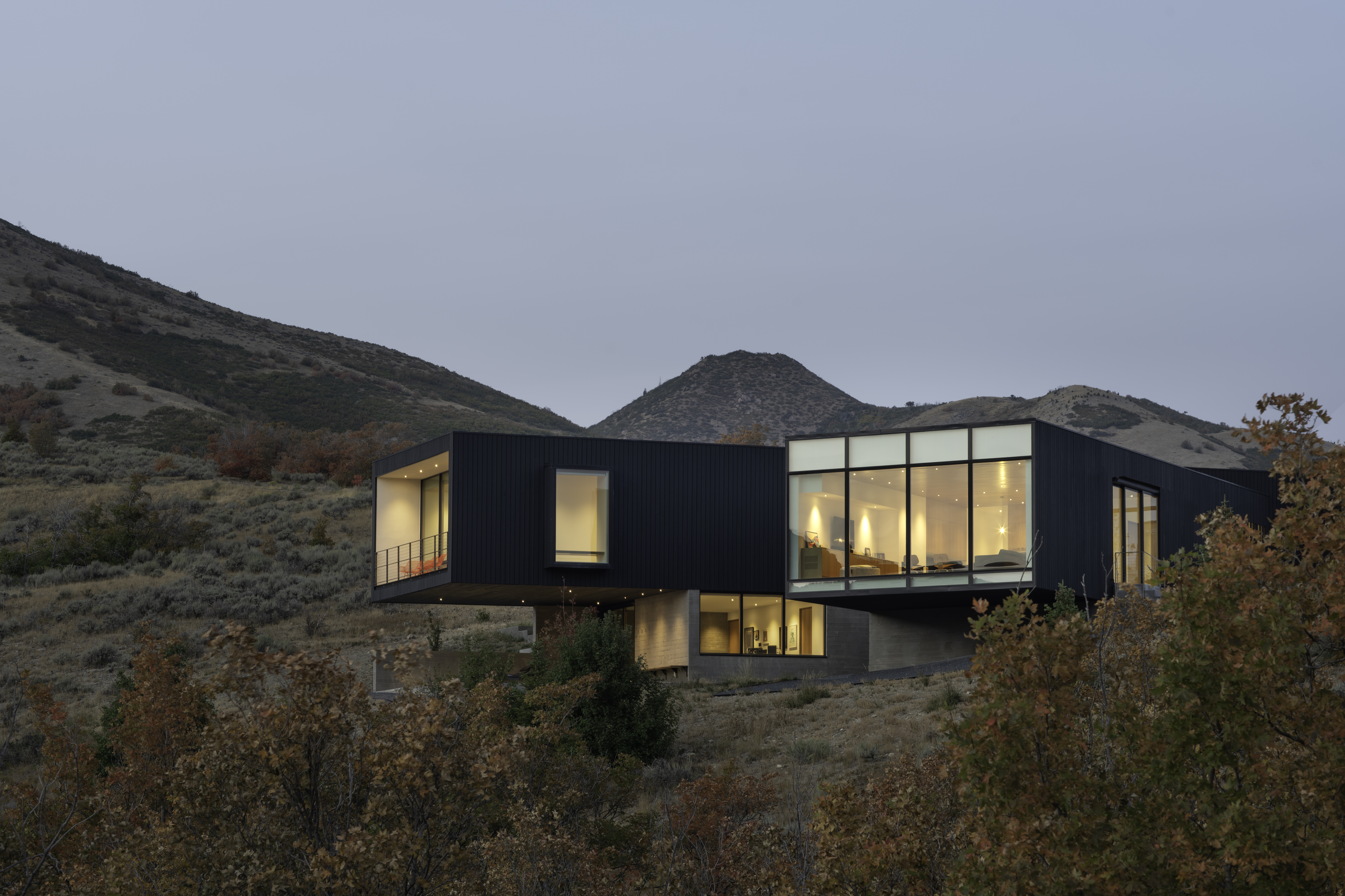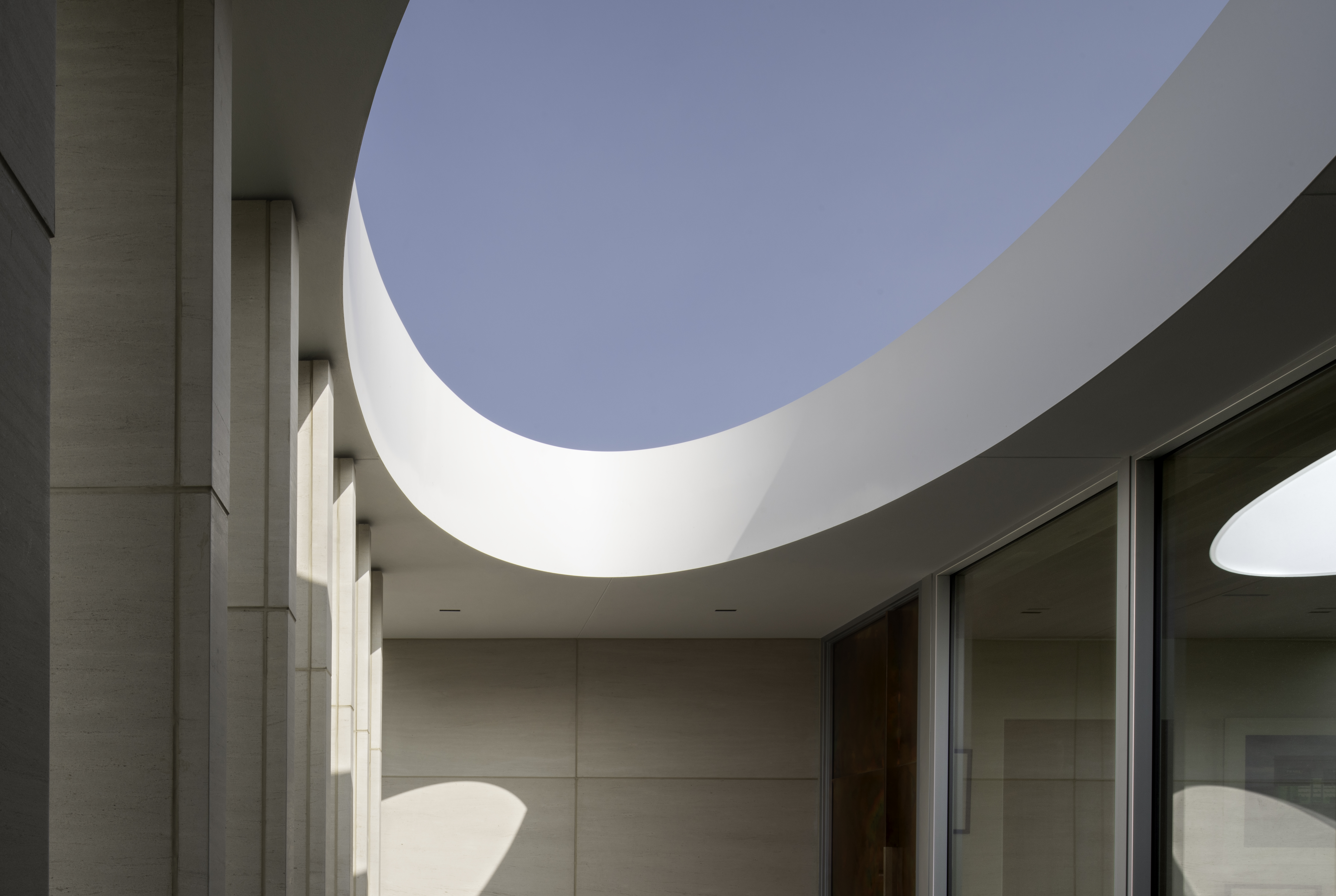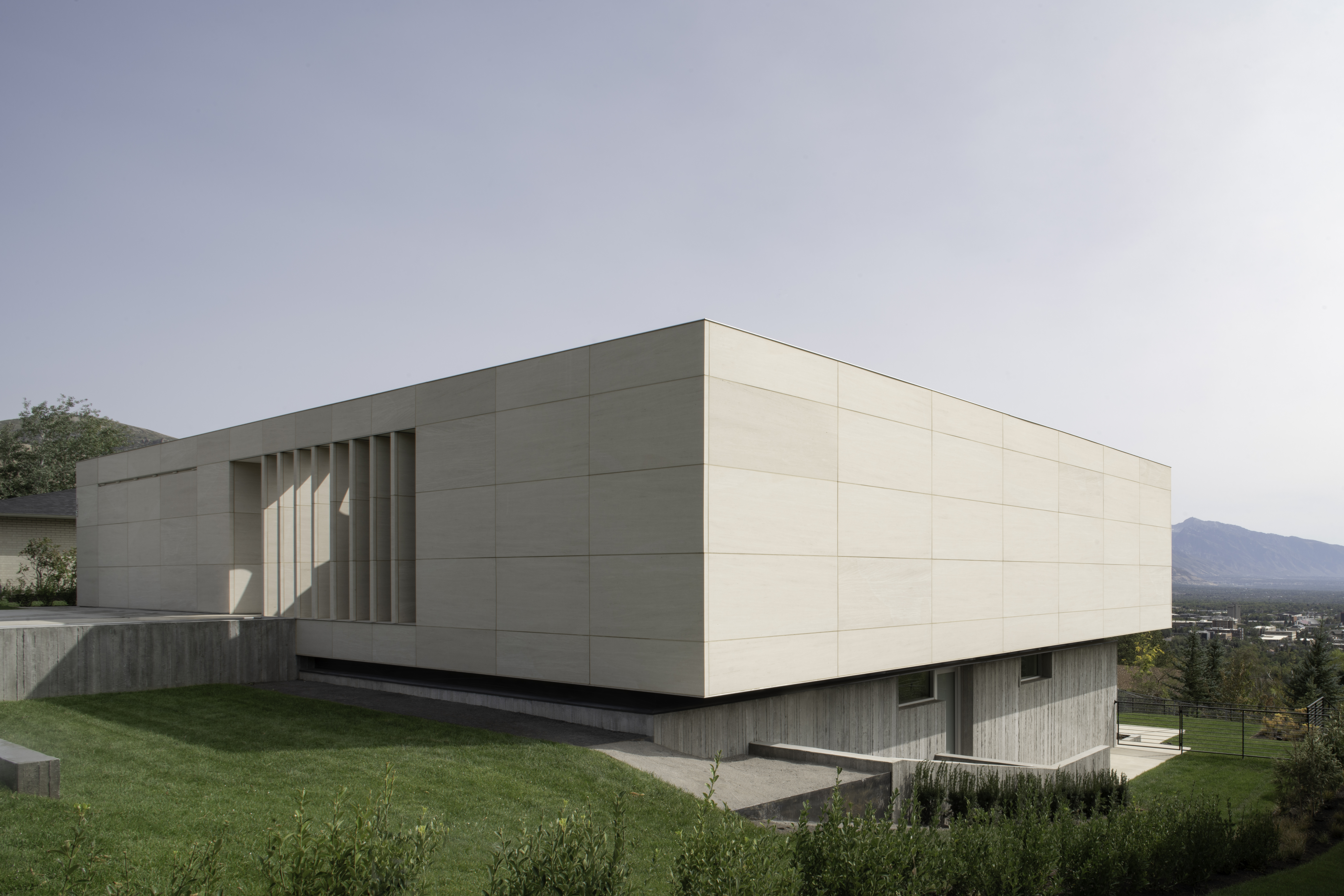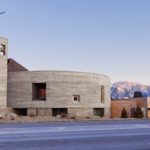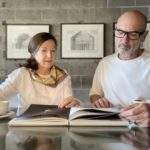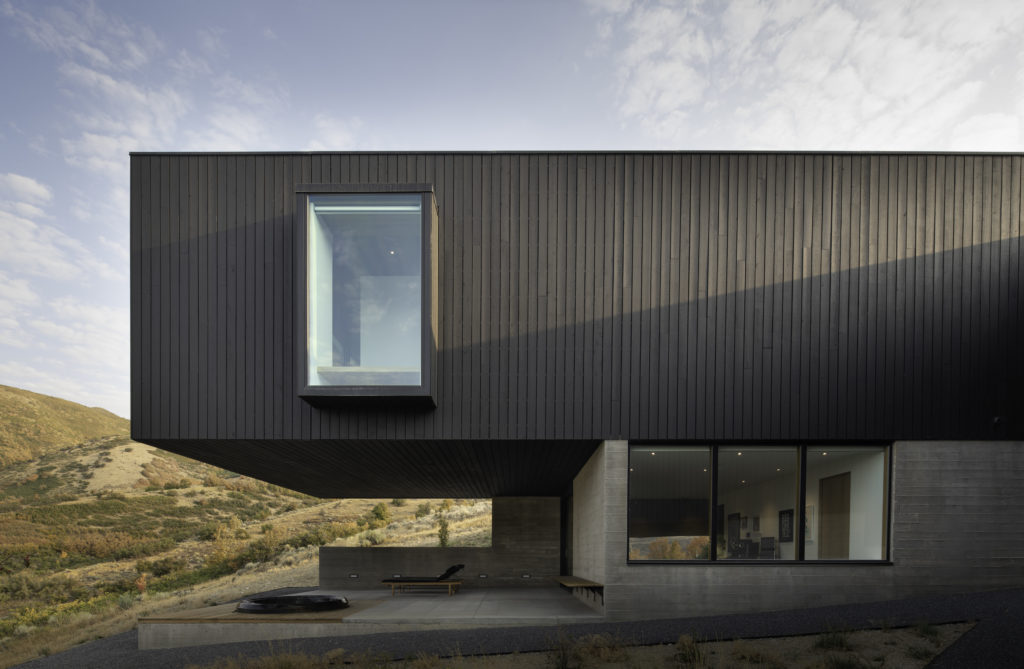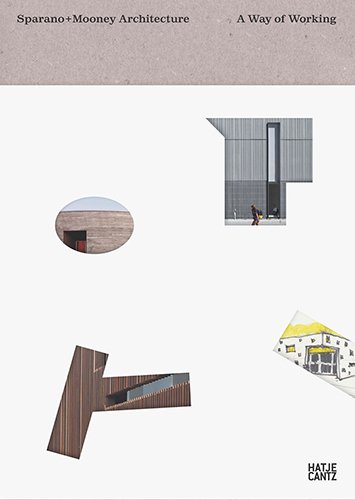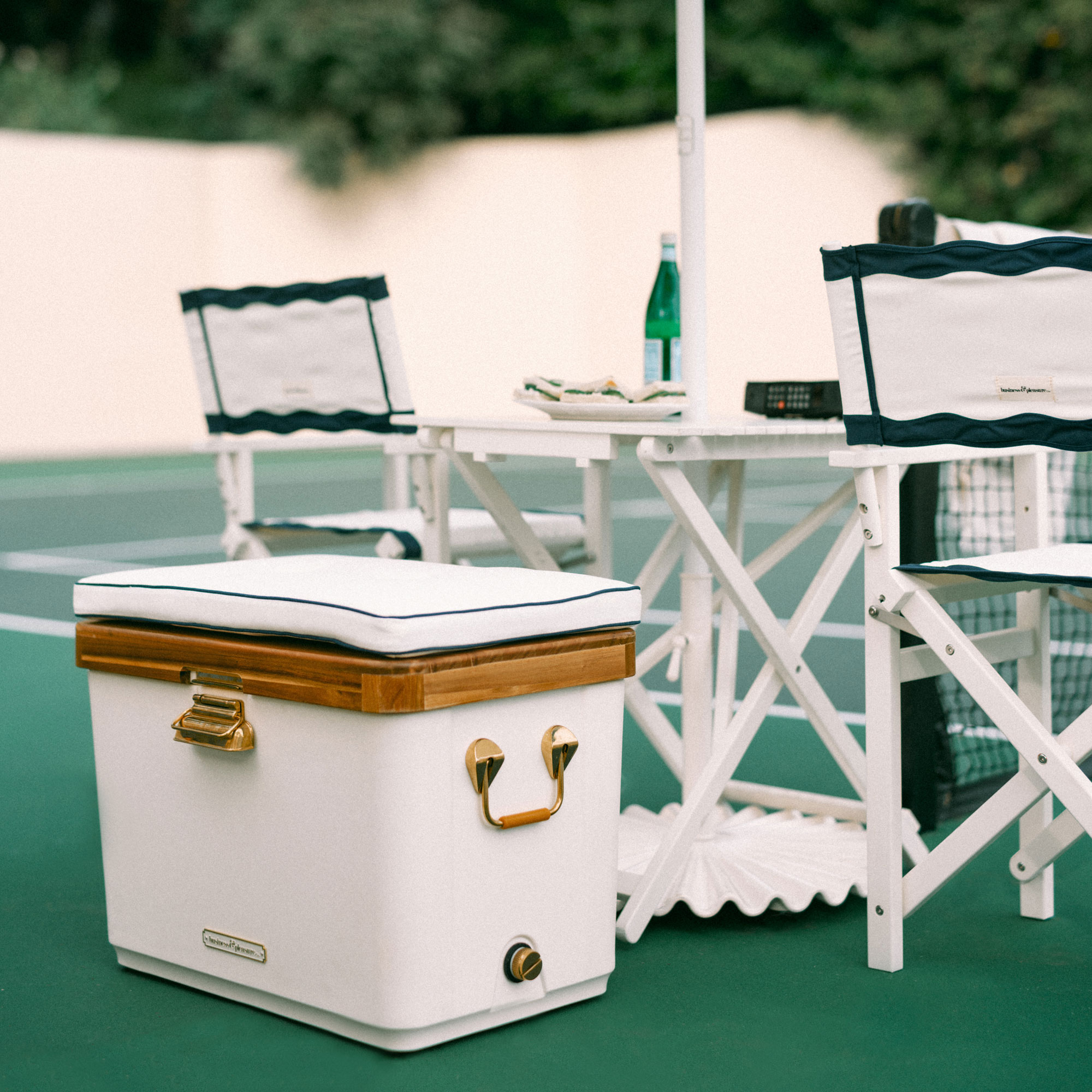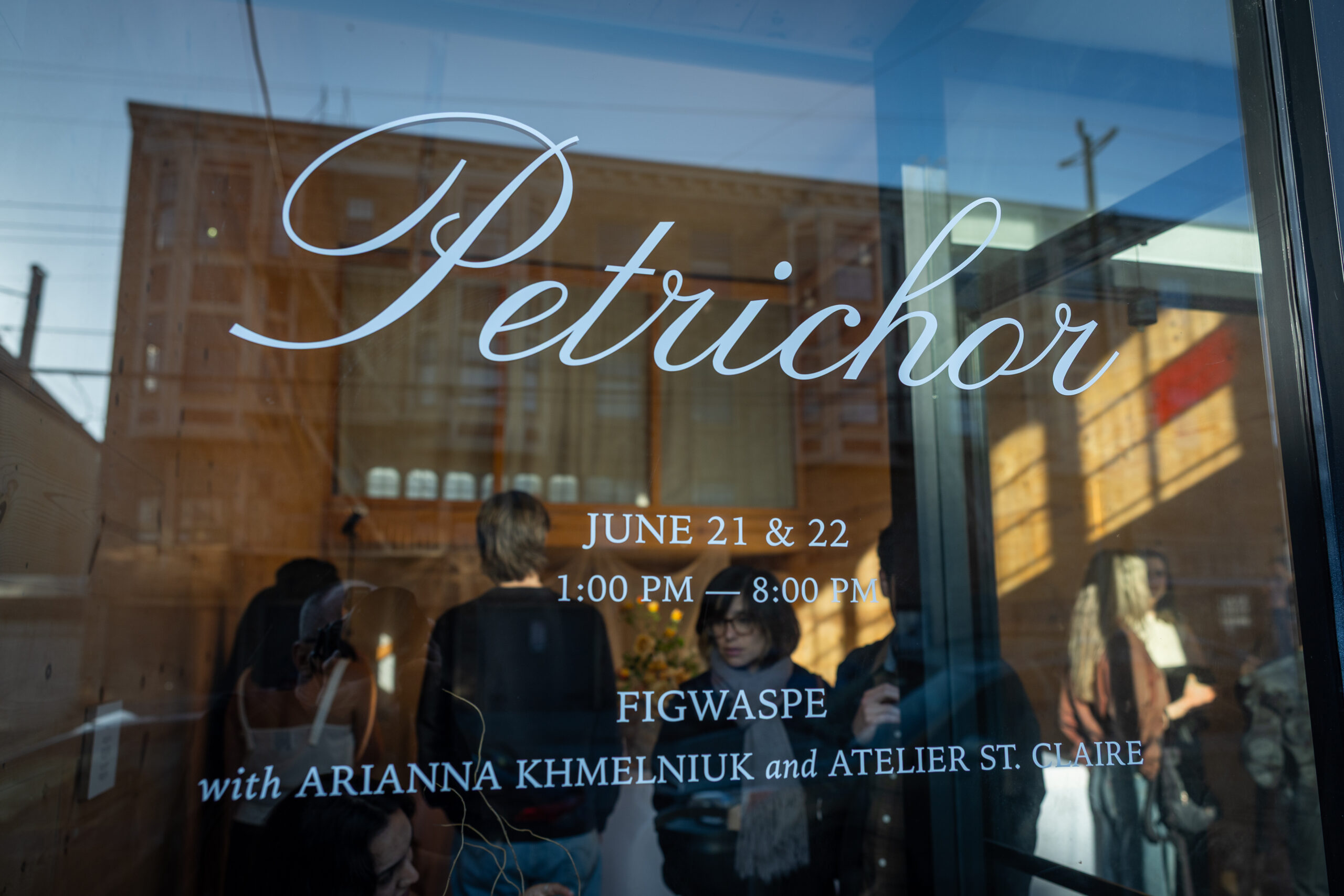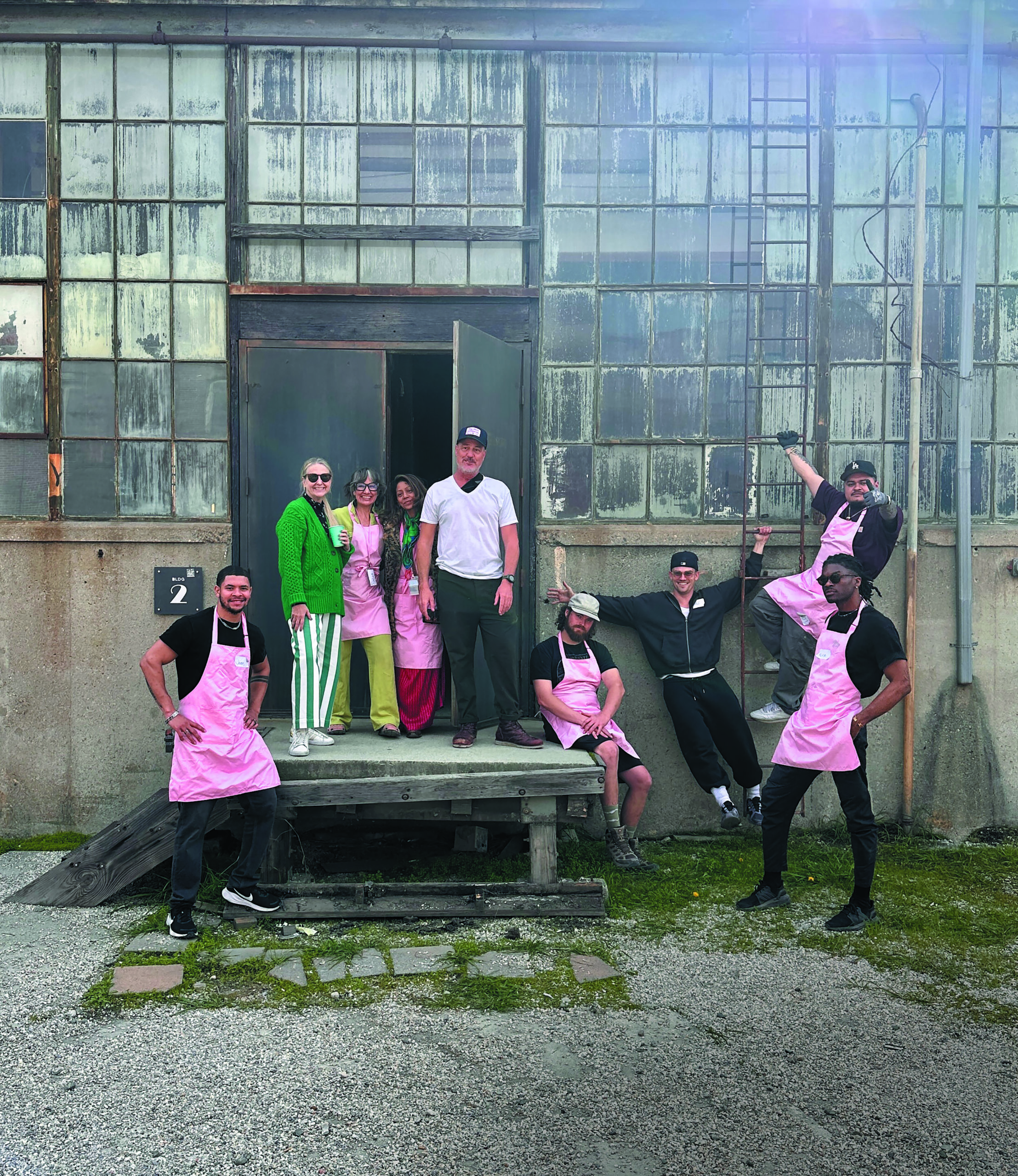Architect Crush: Anne Mooney and John Sparano of Sparano + Mooney Architecture
Author:Lindsey ShookThe great American frontier has inspired innovation and produced many innovators including the prolific founders of Sparano + Mooney Architecture, Anne Mooney and John Sparano. With offices in L.A. and Salt Lake City, their team curates award-winning modern residences, commercial spaces and iconic institutions that respond to surrounding conditions with timeless grandeur. Most recently, Mooney was recognized as a 2023 FAIA Fellow for the category: Object One: Design, urban design, or preservation. Additionally, the firm’s premier exhibition A Way of Working, celebrating their concept-driven approach, will run March 10-July 15, 2023 at Utah Museum of Contemporary Art (UMOCA). Here, they share more about how their Western roots inspire their work and more.
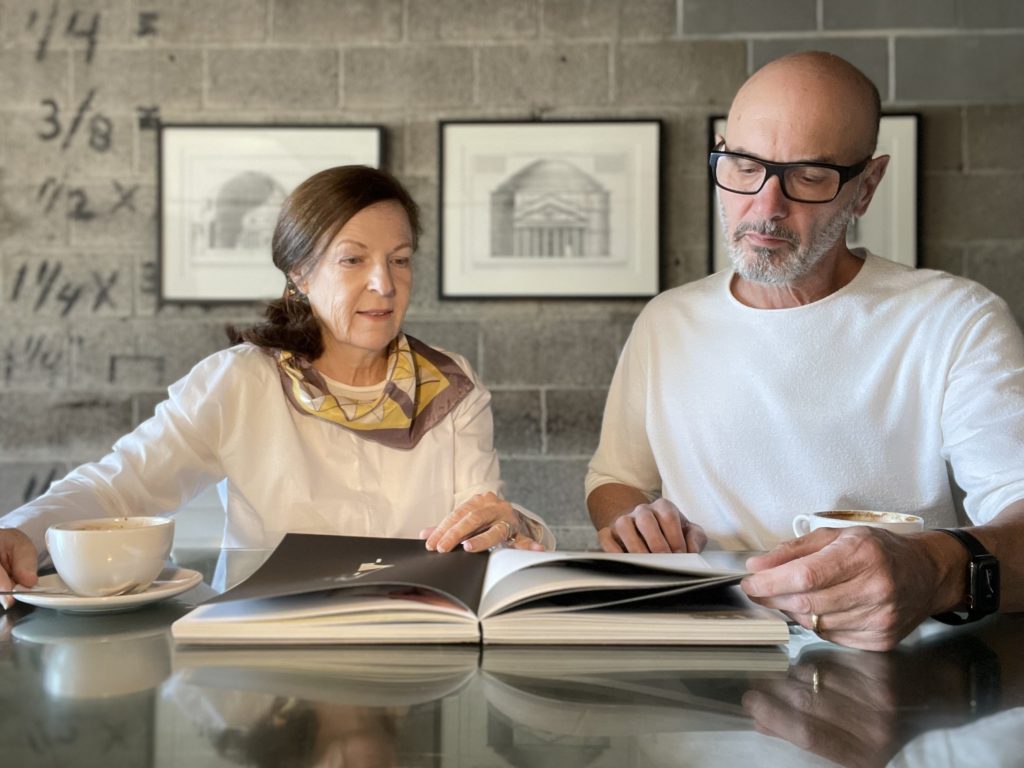
Photo courtesy of Sparano + Mooney Architecture.
–Your work is rooted in the American West, primarily Salt Lake City, but also L.A. How does this influence the architecture you design?
Anne: Our base in the American West is home to incredible landscapes, natural beauty and a history and culture that is both grounding and inspiring to us. The two offices in L.A. and Salt Lake City provide us with a unique balance of urban and rural opportunities, challenges and a set of lessons learned, that we can apply to projects in unexpected ways.
John: The biggest influence is perhaps more of an absence of influence. We do not look to Europe or the East Coast for design inspiration or aesthetic philosophy. Our architectural language is a response to this place and is a result of reactions to forces present in the American West:
Scale: Whether it is long vistas, high mountain ranges, vast travel distances or thinly populated landscapes, scale is a fundamental characteristic of the American West. Its influence on our work is foundational. We do not ever compete with the scale of the environments we design homes for, but rather situate them on their sites and organize them internally to appreciate the drama that surrounds them.
Movement: Since pioneers were first motivated to leave their homes and travel west, motion has been a part of how the American West was defined. We internalize this concept in our work with spaces that are comfortable but not still. Whether literally or metaphorically, the journey is the place, in our residences. Aridity (environment): environmental conditions in the American West demand attention and respect. Responding to micro and macro climates shapes our work from the inception of each project. It is our first consideration and exerts an influence on the form and material of each residence equal in importance to programmatic considerations.
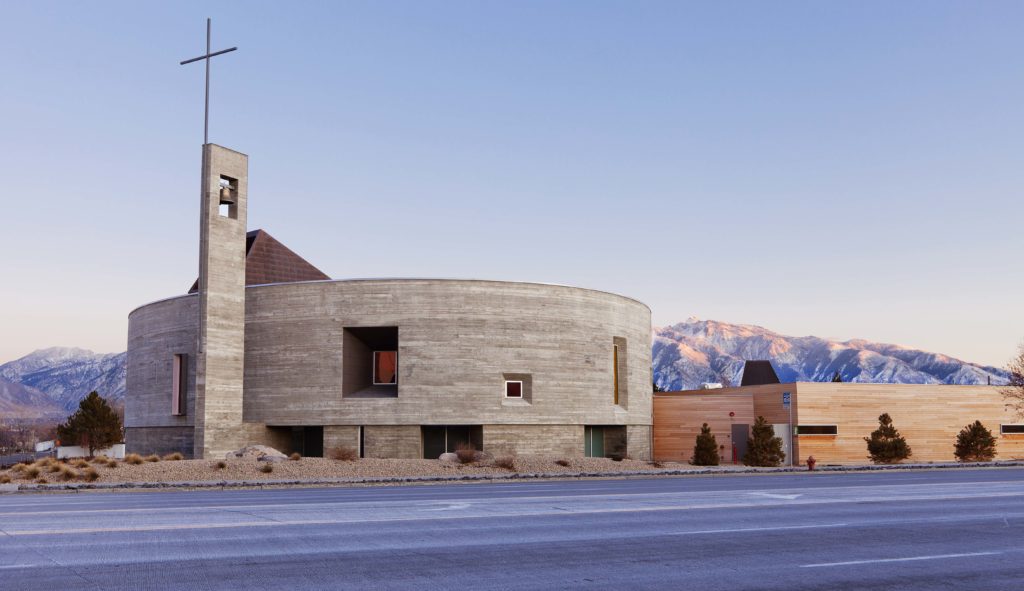
–What are the biggest challenges of working in the harsh environments of the American West, while still maintaining aesthetic consistency.
John: We don’t really see the environments we work in as harsh. We see them more as opportunities. Low humidity and abundant sunny days, are just a few examples of conditions that we work with, and not against.
Anne: We work hard to balance the need for a robust building envelope and the desire for expansive openings in our architecture to connect people with the spectacular landscapes we work within. This requires a whole-building approach and the integration of building systems in a way that maintains energy-efficiency and comfort with design elements like window walls and indoor-outdoor spaces.
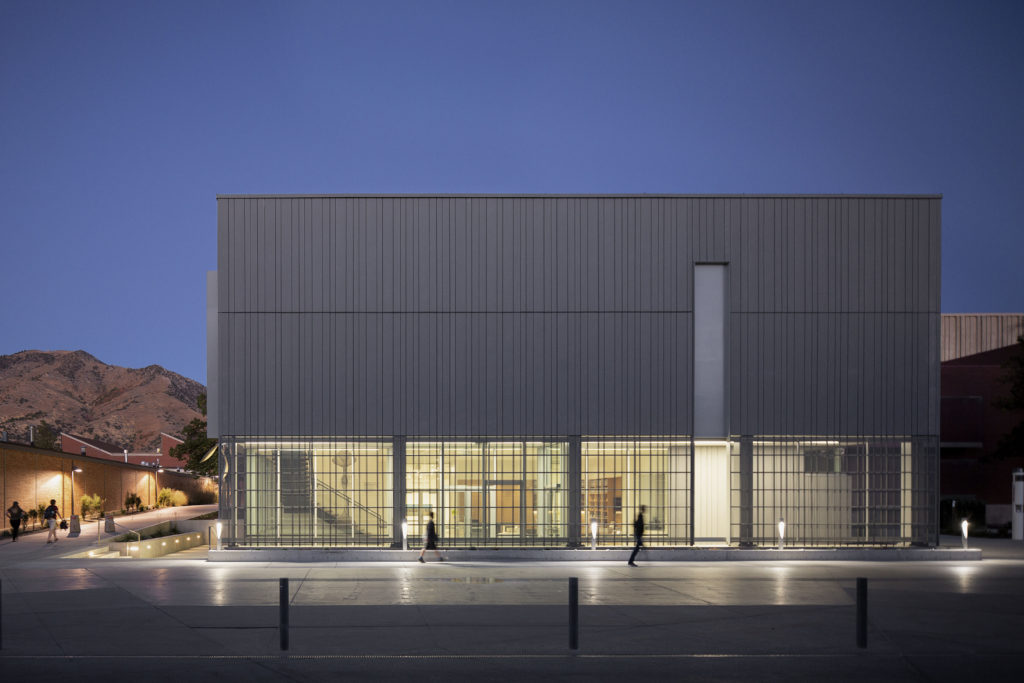
–Which iconic architects/designers inspire the firm’s design direction the most?
Anne: From Richard Neutra to Rudolf Schindler and Charles and Rae Eames, I continue to be inspired by the innovation and experimentation of the architects working in L.A. in the early 20th century. These architects were able to create work that fostered new ways of living and experiencing a site, and were incredibly creative with materials and detailing.
John: I look to artists more often than architects for inspiration. Jimmy Carter (of all people) said, “Art is best derived from artless thing,” and I have found that the same is true of architecture. James Turrell, Richard Serra, Georgia O’Keeffe, Ansel Adams. Their work has provided great insight.
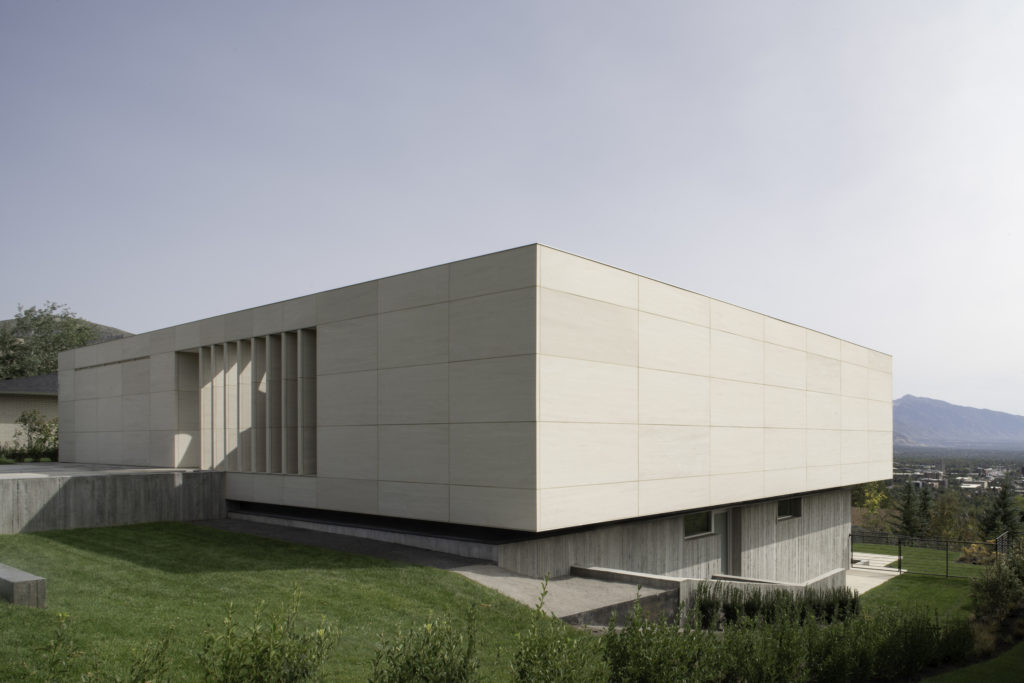
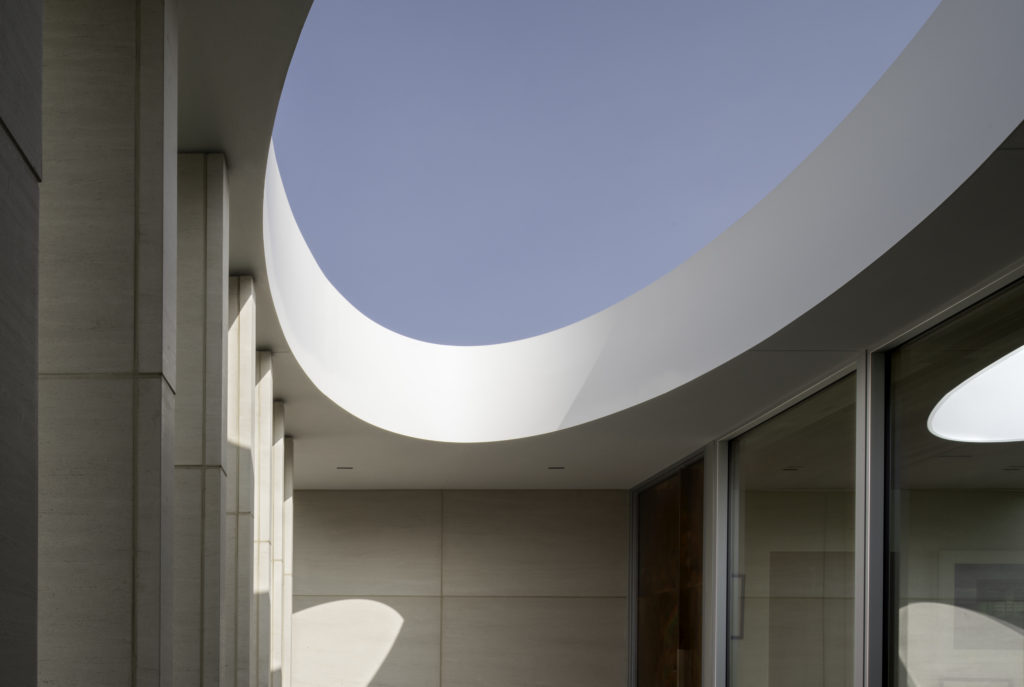
–How would you describe your signature style?
John: The architectural writer, Michael Webb, who wrote the introduction for our firm’s first monograph, Sparano + Mooney Architecture: A Way of Working, described our work as not having a signature but rather, “a DNA that threads through the work, creating a sense of continuity.” We take this observation as a point of pride. For us it means that our work is much more about our clients and the context of the project site and program than it is about us.
Anne: There is no signature style and if we are doing things right, we feel each project should be completely unique to the client, the context and the specifics of the commission.

–We love that your focus on process and a sense of artfulness is also so deeply important to your firm. We understand this has influenced your new monograph out this fall. Why is this so important to the firm?
Anne: Without a rigorous and disciplined design process, it is hard to get to innovation in architecture. We wanted to share the process, not just the final design outcomes, in our new book to show how we develop ideas in architecture. The design of the book was also important as we thought about the structure, materials, and layout in a way that is reflective of our practice. This was a collaborative effort with our book designer and publisher in a surprisingly similar way of developing a design as our architectural projects.
John: At the center of our process (which we call the Heuristic process) is an idea unique to each project. That idea gives us something to aim at, a target, a means by which we evaluate the relative success or failure of any proposed architecture. Without this idea, we have no basis for determining right from wrong, good from bad.
Our Heuristic process also affords a method for being vigilant in avoiding clichés and fashion as we work. It leads us toward considering more idiosyncratic solutions that spring from unexpected origins. It focuses our processes on uncovering formal and spatial configurations in relation to the core idea established for the project, allowing us to avoid architectural gestures appropriated directly from the architectural press and their unrelated associations and meanings.
This way of working provides a means of moving beyond our preconceptions. By examining every project’s relationship to its conceptual framework, we force ourselves to consider each constituent part thoroughly. Invention is implicit and is our way of ensuring we don’t backslide into the use of typical details or familiar outcomes. Without this conceptual framework, there is only intuition, personal preference, and the capricious subjectivity of opinion. Our understanding of architecture will not allow us to leave it at that. We feel there can and should be more to the work.
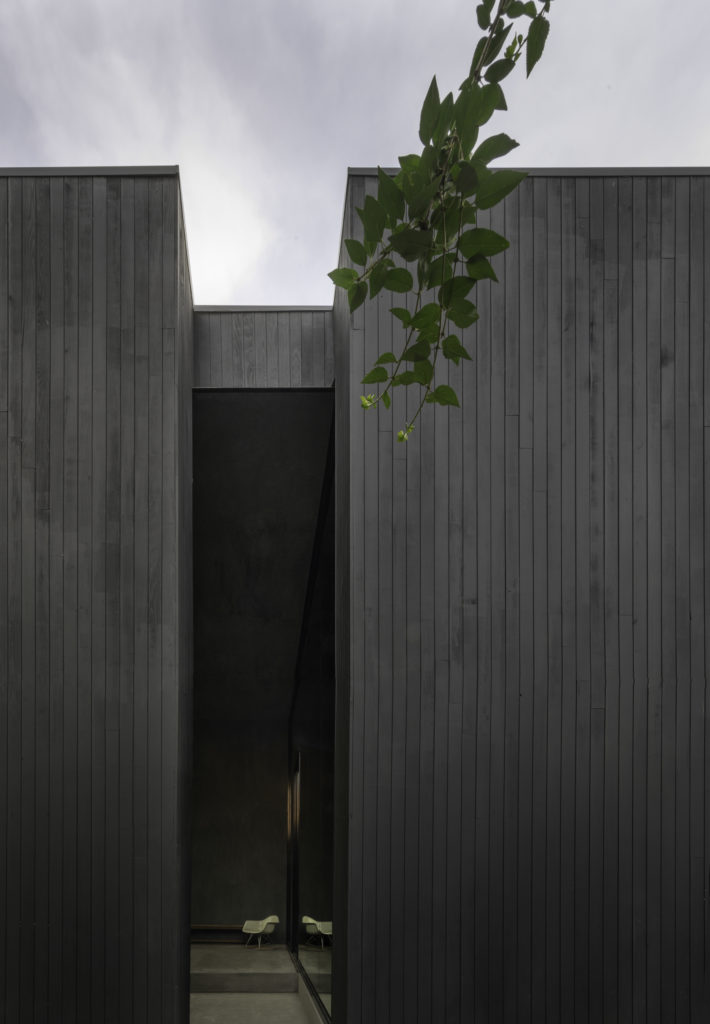
LIGHTNING ROUND
-Favorite Salt Lake City restaurant for the design?
Anne: I am a massive health enthusiast so a trip to Rawtopia in Salt Lake City is a pleasure for all of the senses. We designed this restaurant a few years ago and count its talented chef, Omar, a dear friend.
-Favorite L.A. restaurant for the design?
John: Otium, adjacent to the Broad Museum. The olive tree grove is sublime.
-Must-have daily essential?
Anne: Coffee!
John: 8oz of Decaf Cappuccino.
-If you weren’t an architect, you would be?
Anne: Many of my family members are in aviation, so I was on track to become a pilot until I discovered architecture! On stressful days I sometimes fantasize about being surrounded by plants and flowers in a flower shop and being a floral designer.
John: An author, there is less professional liability insurance required.
–What you’re reading right now?
Anne: I read a lot of books about architecture but I am fortunate to have a wonderful book club that introduces me to other genres of reading. We are currently reading Lessons in Chemistry by Bonnie Garmus, a novel with a strong female protagonist set in the 1960s with insights into academia, science and media that are surprisingly relevant today.
John: My Antonia, by Willa Cather
